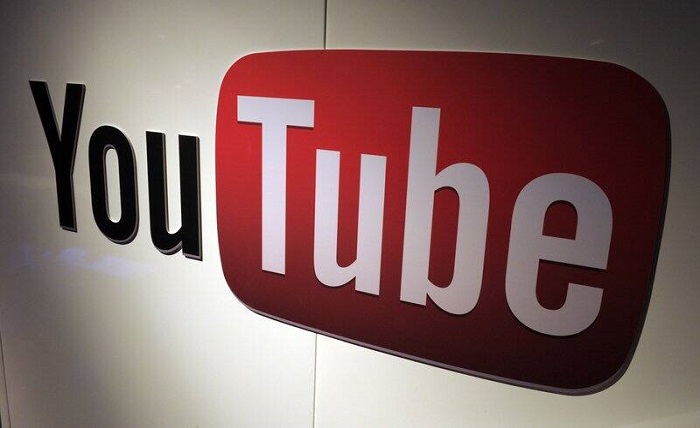YouTube has become a ubiquitous platform for sharing and consuming video content. With its vast user base and global reach, it has become a hotbed for misinformation and fake news. In a significant development, the Ministry has announced a ban on fake YouTube channels that mislead users. This move aims to curb the dissemination of false information and protect users from falling prey to deceptive content. In this blog post, we will explore the implications of this ban and its potential impact on the YouTube community.
Understanding the Menace of Fake YouTube Channels
Fake YouTube channels have emerged as a major concern in recent years. These channels often pose as credible sources of information, covering a wide range of topics, from health and wellness to news and politics. They employ various tactics to mislead users, including clickbait titles, manipulated video footage, and sensationalized content. Such channels erode the trust users place in legitimate creators and can have far-reaching consequences on public opinion. The ban on these channels is a step towards restoring trust and ensuring the dissemination of accurate information.
The Ministry’s Initiative to Protect Users
Recognizing the gravity of the situation, the Ministry has taken a proactive stance to address the issue of fake YouTube channels. It has collaborated closely with YouTube to identify and eliminate these fraudulent channels from the platform. By implementing stringent guidelines and monitoring mechanisms, the Ministry aims to create a safe digital environment for users. This move highlights the government’s commitment to combating misinformation and safeguarding the interests of the public.
Strengthening YouTube’s Verification Process
One of the key aspects of the ban on fake YouTube channels is the reinforcement of the verification process. YouTube has always emphasized the importance of verifying creators to establish their authenticity and credibility. With this ban, the platform has further enhanced its verification protocols to ensure that only genuine and trustworthy channels thrive. This step will help users distinguish between real and fake channels, fostering a more reliable and transparent ecosystem.
Educating Users about Fake YouTube Channels
While the Ministry’s ban is a crucial step, it is equally important to educate users about the existence and risks associated with fake YouTube channels. Misinformation spreads rapidly, and users need to develop critical thinking skills to identify misleading content. The Ministry, in collaboration with YouTube, plans to launch awareness campaigns to educate users on how to spot fake channels and verify information. Empowering users with knowledge is essential to combating the influence of deceptive content on the platform.
Collaborative Efforts for a Safer YouTube Community
The fight against fake YouTube channels requires collaborative efforts from various stakeholders, including the Ministry, YouTube, creators, and users themselves. Creators play a vital role in upholding the integrity of the platform by adhering to ethical content creation practices and reporting fake channels. Users, on the other hand, should report suspicious channels and exercise caution while consuming content. By working together, we can create a safer YouTube community that fosters trust, authenticity, and accurate information.
Conclusion:
The ban on fake YouTube channels announced by the Ministry marks a significant step towards combating misinformation and protecting users from deceptive content. Through stronger verification processes, education initiatives, and collaborative efforts, the government and YouTube are working towards a safer and more reliable platform. As users, we must remain vigilant, question the authenticity of the content we consume, and report any suspicious channels. By doing so, we can contribute to the eradication of fake YouTube channels and ensure a more credible and trustworthy digital landscape.

